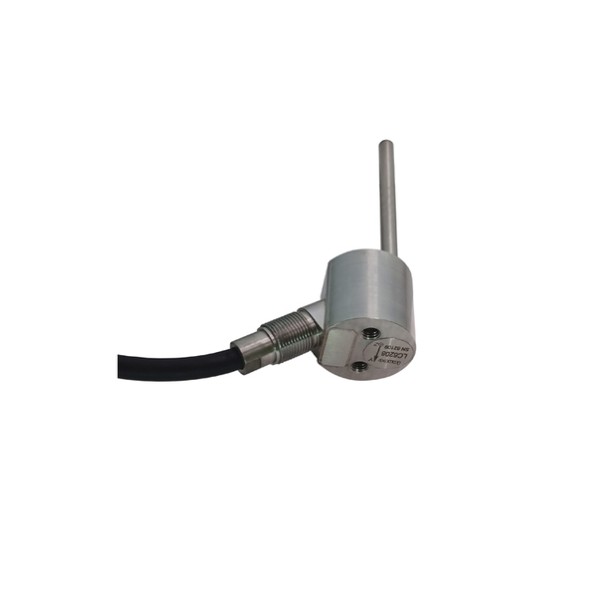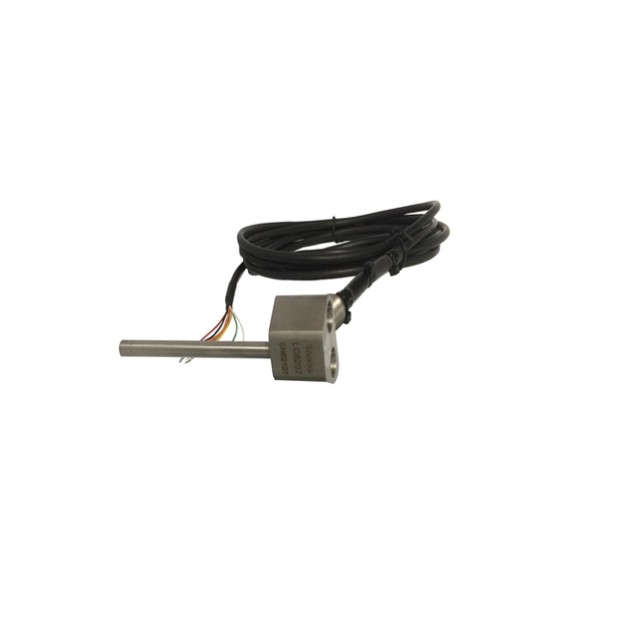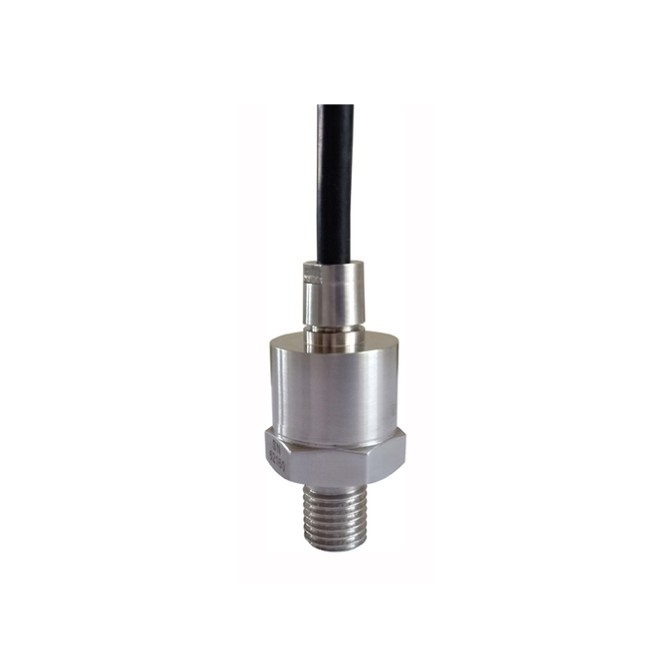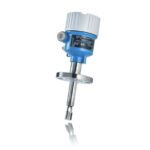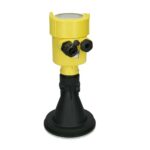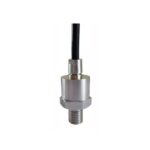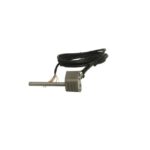The fundamental working principle of a radar level transmitter is transmission-reflection-reception. It is designed to measure liquid levels in pressure vessels and offers advantages such as resistance to high temperatures, high pressures, scaling, and condensation. Additionally, it boasts high accuracy, non-contact measurement, strong corrosion resistance, suitability for vacuum environments, and easy installation, making it widely used and increasingly important in liquid level measurement.
Structure and Working Principle of Radar Level Transmitter
Radar level transmitters operate based on the transmission-reflection-reception mode. The antenna emits electromagnetic waves, which are reflected off the liquid surface and received back by the antenna. The time taken for the wave to travel is directly proportional to the distance to the liquid surface.
By recording the travel time of the pulse wave and knowing the constant speed of electromagnetic wave propagation, the distance between the liquid surface and the radar antenna can be calculated, thus determining the liquid level.
Types of Radar Level Transmitters
In practical applications, radar level transmitters are available in two types:
Frequency Modulated Continuous Wave (FMCW) Radar:
High power consumption
Requires a four-wire system
Complex electronic circuitry
Pulsed Wave Radar:
Low power consumption
Can be powered by a two-wire 24VDC system
Enables intrinsic safety
High accuracy and broader application range
Conditions for Selecting a Radar Level Transmitter
Tank Capacity:
For large tanks (10,000–100,000 m³) and large liquefied gas tanks, high-performance level transmitters should be used.
For small to medium tanks, standard level transmitters are suitable.
Tank Application:
Trade tanks require high-precision level transmitters.
Intermediate storage tanks can use standard level transmitters.
Liquid Surface Characteristics:
For high-viscosity liquids (e.g., heavy oil), non-contact or minimally contact level transmitters are preferred, such as radar, ultrasonic, or magnetostrictive level transmitters.
Light oils can use standard level transmitters.
User Requirements:
If high measurement accuracy is required and there are fewer budget constraints, a high-performance level transmitter should be selected.
For old tank farm upgrades or replacements, the selection should consider the existing level transmitters to ensure compatibility and uniformity.

